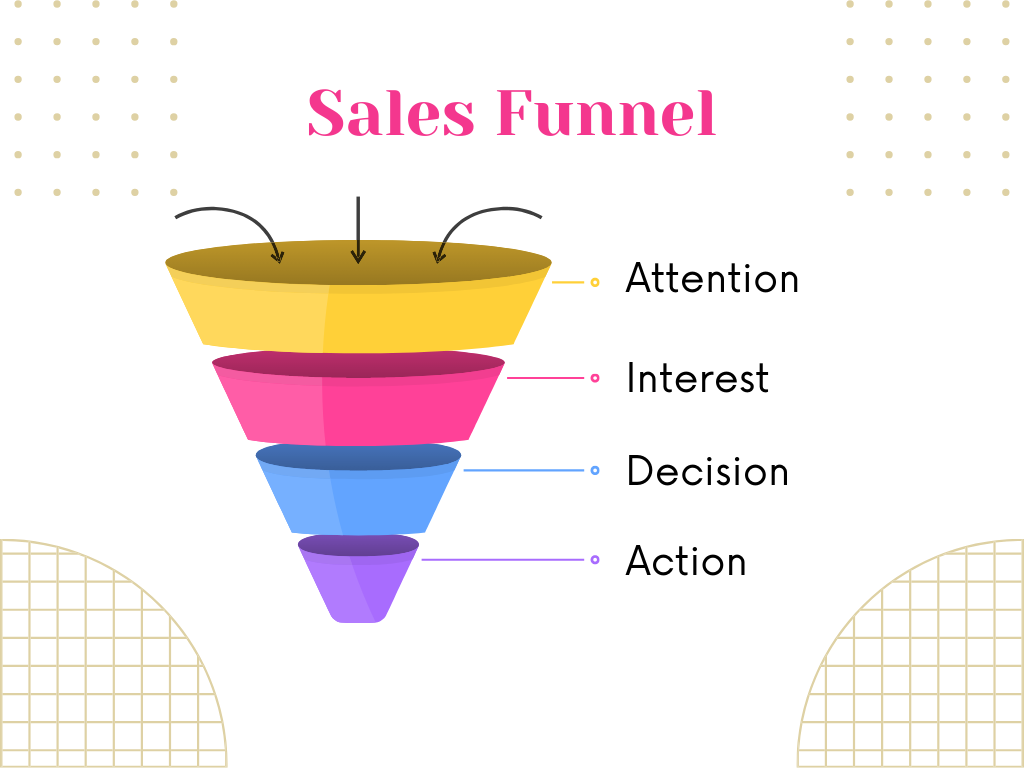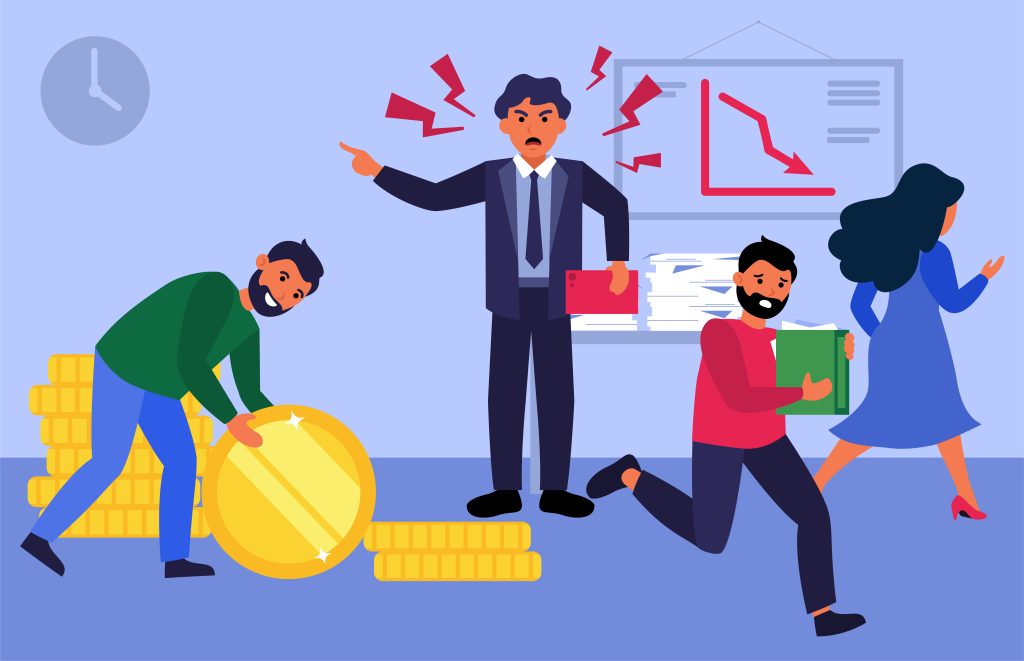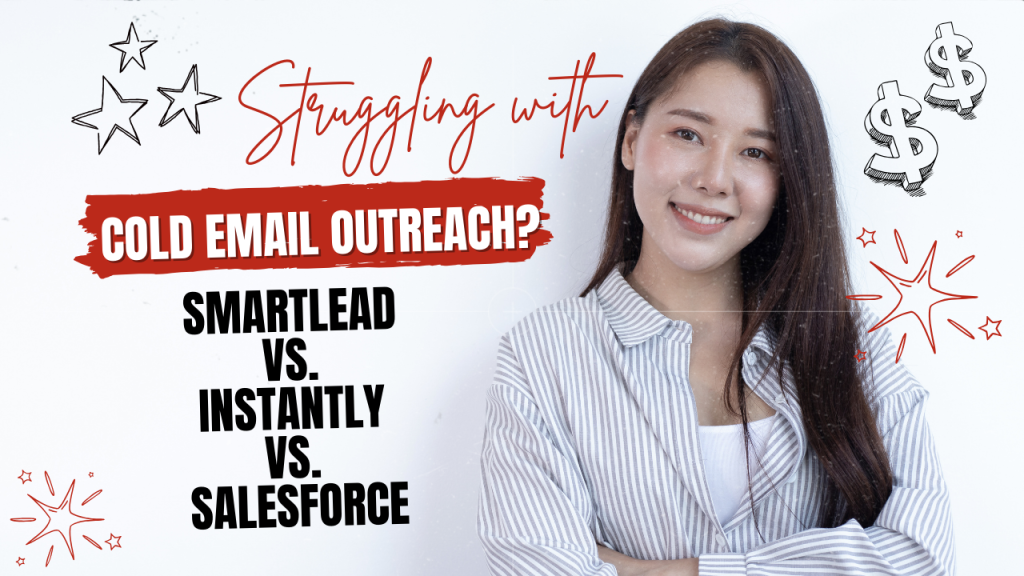Understanding Sales Funnels: A Comprehensive Examples of Excellence
Sign Up for Our Free Weekly Newsletter
We’ll be in your inbox once a week with top business news, inspiring stories, best advice and exclusive reporting from Cinemagnetix – (CmX).

Understanding Sales Funnels: A Comprehensive Examples of Excellence
Research indicates that a well-structured sales funnel can improve conversion rates by providing a clear path for customers, from discovery to purchase. It’s a blend of psychology and marketing that, when executed well, can lead to increased sales and customer loyalty.
Sales funnels are a fascinating and crucial aspect of modern marketing and understanding them can significantly impact your business’s success. Let’s dive deep into the world of sales funnels, exploring their definition, structure, and real-world applications, and equip you with resources and strategies to master them.
Definition:
A sales funnel is a conceptual model that represents the journey a potential customer goes through, from the first interaction with your brand to the final purchase. It’s called a funnel because it starts broad at the top, attracting many prospects, and narrows down as people lose interest or decide not to buy, leaving only the most interested customers who complete a purchase.
Why Should You Care About Sales Funnels?

In today’s competitive landscape, simply having a great product or service isn’t enough. You need a strategic way to reach the right audience and convince them why your offering is the best solution. Sales funnels provide several compelling benefits:
-
- Targeted Outreach: Reach the people who are most likely to be interested in what you offer, saving you time and resources. This targeted approach ensures your message resonates with the right audience.
-
- Nurtured Leads: Sales funnels don’t just shout “Buy Now!” They provide valuable information and build trust, turning casual visitors into engaged prospects.
- Measurable Results: Track performance at each stage of the funnel. This data allows you to identify bottlenecks and continuously optimize your funnel for improved conversions.
Illustration & Modeling
The sales funnel can be broken down into several stages, often referred to as AIDA: Awareness, Interest, Desire, and Action.
Awareness: The top of the funnel, where potential customers first come into contact with your brand.
Interest: Prospects start considering your product or service as a possible solution.
Desire: Leads develop a favorable disposition towards your offering.
Action: The final stage where leads convert into customers.
Examples & Real-World Application
Let’s look at some exemplary sales funnels in action:
Amazon’s Sales Funnel Stages:
Awareness: Amazon uses targeted advertising and SEO to attract potential customers to their platform.
Interest: They engage users with personalized recommendations based on browsing history and user behavior.
Consideration: Customer reviews and ratings provide social proof, helping users evaluate products.
Purchase: A seamless checkout process, including one-click ordering and multiple payment options, facilitates the final purchase.
HubSpot’s Sales Funnel Stages:
Awareness: HubSpot generates awareness through content marketing, SEO, and social media engagement.
Interest: They offer valuable resources like eBooks, webinars, and blog posts to build interest.
Decision: Free trials and demos of their CRM and marketing tools help prospects evaluate the offerings.
Action: Email marketing automation nurtures leads towards making a purchase decision.
Dollar Shave Club’s Sales Funnel Stages:
Awareness: Viral marketing campaigns and social media presence raise brand awareness.
Interest: Engaging content and witty advertisements keep the brand at the forefront of potential customers’ minds.
Decision: Subscription-based model and easy sign-up process encourage users to make a decision.
Action: Follow-up emails and special offers retain customers and promote loyalty.
Basecamp’s Sales Funnel Stages:
Awareness: Organic search brings potential customers to Basecamp’s educational content and resources.
Interest: Guides and case studies showcase the effectiveness of Basecamp’s tools.
Decision: Free trials allow users to experience the product’s value firsthand.
Action: Newsletters and continuous educational content convert free users into paid subscribers.
Close’s Sales Funnel Stages:
Awareness: Close attracts leads through SEO, content marketing, and strategic partnerships.
Interest: The CRM’s features are highlighted through detailed blog posts and case studies.
Decision: Demonstrations and free trials showcase the CRM’s capabilities to potential customers.
These detailed stages show how each company strategically guides potential customers through the sales funnel, from initial awareness to the final purchase. By understanding and optimizing each stage, these companies effectively convert leads into loyal customers.
Building Your Sales Funnel Empire: Tools, Hacks, and Hands-on Learning
Understanding the theory is great, but let’s get your hands dirty and build your own sales funnel! Here are some resources and life hacks to empower your journey:
Essential Tools for Building Your Funnel:
-
- Landing Page Builders: Platforms like Unbounce or Leadpages allow you to create high-converting landing pages specifically designed for each stage of your funnel.
-
- Email Marketing Tools: Services like Mailchimp or Constant Contact enable you to create targeted email campaigns to nurture leads and promote your offers.
-
- Social Media Management Tools: Platforms like Hootsuite or Buffer help you schedule and manage your social media presence, attracting potential customers at the top of the funnel.
-
- Analytics Tools: Tools like Google Analytics or Crazy Egg provide valuable insights into your website traffic and funnel performance, allowing you to identify areas for improvement.
Life Hacks to Optimize Your Sales Funnel:
-
- Focus on Value, Not Just Sales: Every stage of your funnel should provide genuine value to the customer, building trust and establishing you as an authority in your niche.
-
- Personalization is Key: Tailor your messaging and offers based on the lead’s interests and needs. Dynamic content based on user behavior can significantly increase conversion rates.
-
- Testing is Your Best Friend: Don’t be afraid to experiment with different headlines, visuals, and CTAs in your funnel. Use A/B testing to determine what resonates best with your audience.
-
- Automate Where Possible: Utilize the power of automation tools to streamline repetitive tasks like email marketing campaigns or social media scheduling, freeing up your time for strategy and analysis.
Hands-on Learning: Putting Your Knowledge into Action
Now, let’s roll up your sleeves and build a basic sales funnel for a hypothetical product:
Scenario: You sell a downloadable course on mastering the art of photography.
Step 1: Choose Your Niche: Within photography, identify your target audience. Are you targeting beginners, aspiring travel photographers, or portrait enthusiasts?
Step 2: Craft Your Offer: What makes your photography course unique? Does it focus on specific techniques, editing software, or composition principles?
Step 3: Map Your Stages: Here’s a possible breakdown of your funnel:
-
- Awareness: Create blog posts with basic photography tips or stunning travel photos (depending on your niche) and share them on social media.
-
- Interest: Offer a free downloadable cheat sheet on “Essential Camera Settings for Beginners” in exchange for email addresses.
-
- Decision: Host a free webinar showcasing some key photography techniques taught in your course.
-
- Action: Provide a special discount on your course to webinar attendees or a limited-time bonus like access to exclusive photo editing templates.
Step 4: Pick Your Tools: Choose free or paid tools based on your needs. Use a landing page builder for your free downloadable and the course purchase page. Utilize email marketing tools for nurturing leads and promoting your webinar.
Step 5: Launch and Analyze: Track your funnel’s performance. Analyze website traffic, email open rates, and webinar registrations. Refine your content, CTAs, and offers based on the data to improve conversions over time.
Bonus Tip: Don’t be afraid to seek inspiration! Explore successful sales funnels in your industry. Look at how established companies structure their funnels, the types of content they use, and the offers they present. Analyze what works well and adapt it to your unique product or service.
Remember, building a high-converting sales funnel takes time and experimentation. By understanding the core concepts, utilizing the right tools, and continuously refining your approach, you can transform your marketing efforts and attract a steady stream of paying customers.
The Final Word: A World of Sales Funnels Awaits!
The world of sales funnels is vast and ever-evolving. As you go deeper, you’ll discover advanced strategies like retargeting campaigns, upselling and downselling techniques, and integrating chatbots to enhance the customer journey. But for now, you’ve built a solid foundation. Keep learning, keep testing, and most importantly, keep providing value to your audience. With dedication and these powerful tools at your disposal, you’ll be well on your way to crafting sales funnels that converts prospects to loyal customers!
Subscribe To Our Newsletter
Get updates and learn from the best
Artificial intelligence (AI) is no longer a futuristic concept; it’s revolutionizing how businesses operate today. From automating mundane tasks to personalizing customer experiences, AI offers a multitude of benefits for streamlining operations and boosting efficiency. This blog post will explore specific ways AI is impacting businesses in 2024, exploring its applications, benefits, and challenges with a focus on recent research findings and statistics.
In this blog post, we explored the balance between AI advancements and the authenticity of amateur content creation. While AI offers incredible tools for creators, it’s essential to maintain the human touch that makes content truly special. Let’s embrace AI as a challenge to innovate and enhance our creativity, ensuring that genuine voices continue to thrive in the digital landscape.
This blog post provides a comprehensive overview of the future impact of renewable energy on small businesses, offering valuable insights and practical information to help small business owners navigate this transformative trend.
Content creation is a cornerstone of digital marketing, playing a crucial role in attracting, engaging, and retaining customers. By understanding best practices and learning from successful case studies, marketers can significantly enhance their content strategies. This blog post will explore effective content creation strategies and highlight some inspiring success stories.
By leveraging these tools, you can streamline your marketing efforts, gain valuable insights, and ultimately drive better results for your business. Whether you’re focusing on SEO, content marketing, social media, or any other aspect of digital marketing, having the right tools at your disposal is crucial for success.
While lead generation is a crucial first step, relying solely on a platform like Smartleads.ai might leave your sales funnel feeling more like a graveyard than a thriving pipeline. In today’s competitive landscape, effective sales outreach requires a multi-faceted approach. In this post, we’ll unveil the limitations of Smartleads.ai (based on available information) and illuminate the path to success with a range of compelling alternatives. We’ll explore features, functionalities, user insights, and real-world success stories to help you find the perfect platform to resurrect your sales outreach efforts and unleash explosive growth. So, grab your metaphorical flashlight, and let’s explore the exciting world of alternative sales outreach solutions!
The art of the cold email remains a cornerstone of B2B outreach. In today’s digital age, however, simply crafting a compelling email and hitting send is no longer enough. With overflowing inboxes and increasingly sophisticated spam filters, the need for a strategic and automated approach has become paramount. This is where cold email software steps in.
This post dives deep into three leading contenders: Smartlead, Instantly, and Salesforge. We’ll explore their strengths, weaknesses, pricing, and ideal user profiles to help you choose the champion for your cold email crusade.
We’ll explore in depth the top marketing tool categories, exploring the strengths and weaknesses of industry leaders. This breakdown will empower you to make informed decisions and build a customized marketing arsenal that aligns with your specific goals and budget.











